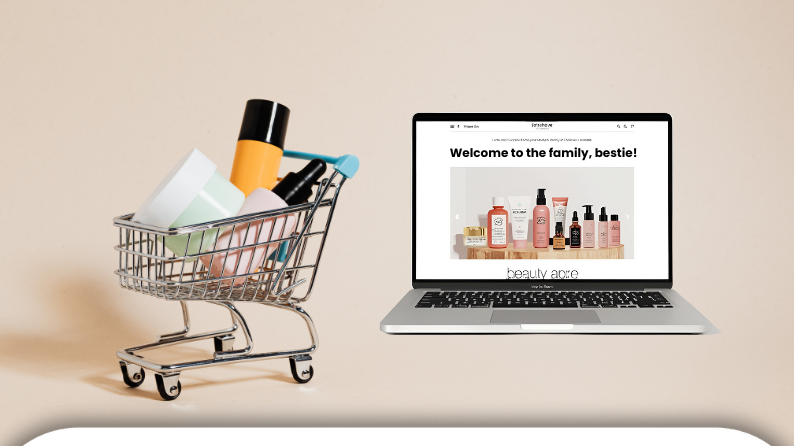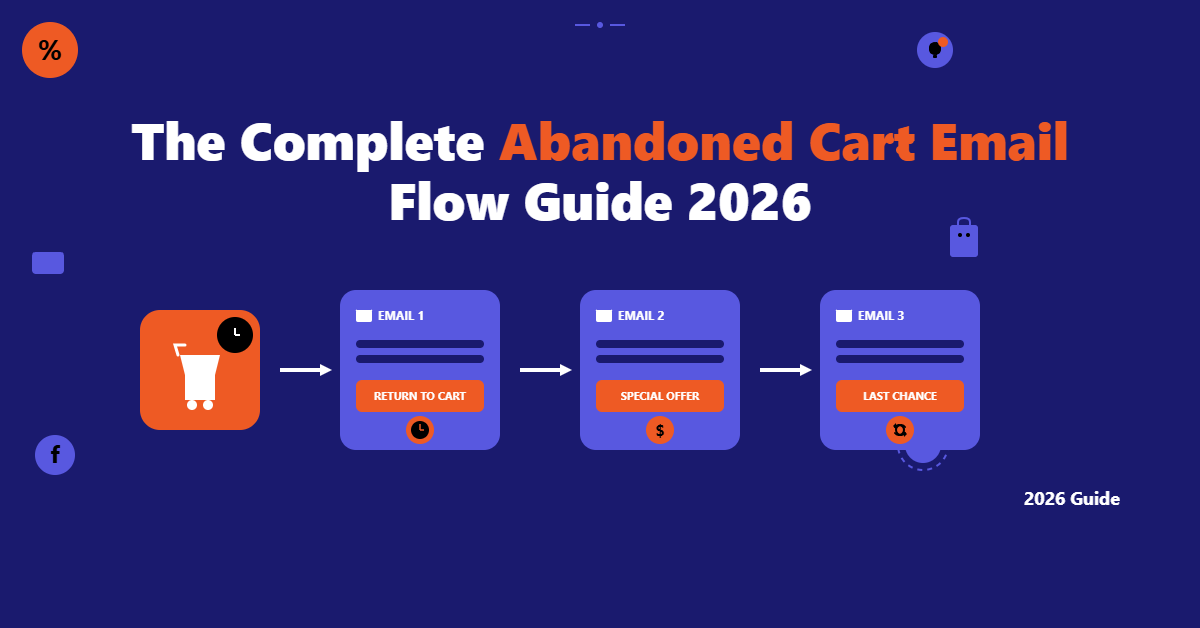New subscribers or customers are often most receptive in the first few hours after signing up, but many brands miss this opportunity.
It could result in disengagement and lost revenue for your brand. A well-planned welcome email series can change that, helping your ecommerce brand get early conversions.
This blog will guide you through actionable strategies, share real-world examples, and outline the types and best practices for creating an impactful welcome email series.
These insights and welcome email series best practices make their first brand interaction pleasant and retain customers for the long term. All by capitalizing on the power of a thoughtfully planned email welcome sequence.
Why a Welcome Email Series Is Important for Ecommerce
The first impression matters, and in email marketing, your welcome email series is the gateway to building a strong brand-customer relationship.
A single generic welcome email can be easily overlooked, but a well-structured series allows you to guide new subscribers through multiple touchpoints.
It gives you the opportunity to communicate brand values, win their trust, and highlight key offerings. Studies show that welcome emails achieve average open rates of 50–60%, significantly higher than standard campaigns, making them a prime opportunity to engage your audience early.
Beyond engagement, a thoughtfully designed welcome series can directly impact revenue: nurturing new subscribers increases the likelihood of first purchases and encourages repeat interactions.
By delivering relevant content, incentives, and guidance over several emails rather than a single message, ecommerce brands can maximize customer lifetime value, reduce churn, and set the stage for long-term loyalty.
Key Goals of a Welcome Email Series
1. Build Brand Awareness and Trust
The welcome email series is your first opportunity to make a lasting impression. Use it to communicate your brand’s personality, values, and tone. Establishing trust early encourages subscribers to engage with future emails.
2. Introduce Products, Services, and USPs
Showcase your offerings clearly, emphasizing what makes your brand unique. Highlight key products, services, or benefits that set you apart from competitors.
3. Encourage First Purchase or Action
Include compelling CTAs, special offers, or incentives to motivate new subscribers to take immediate action. A strong welcome series can significantly increase first-time conversions.
4. Collect Customer Data for Segmentation
Use interactive content like customer service survey questions, preference forms, or quizzes to learn more about your subscribers. This data allows for more personalized and relevant emails in the future.
5. Set Expectations for Future Emails
Clearly communicate the type and frequency of emails subscribers can expect. This reduces unsubscribes and improves long-term engagement.
Types of Welcome Emails to New Customers
Simple Welcome Emails
These are one-time emails that greet new subscribers or customers and set the tone for future communication. They should thank the subscriber for joining and outline what they can expect.
Example: “Welcome to [Brand Name]! Here’s what’s coming your way.”
Purpose: Establishes a friendly first impression and encourages the recipient to engage with your emails.
Brand Story / Mission Emails
Share your brand’s story, values, or mission to create an emotional connection. Highlight why your brand exists and what it stands for.
Purpose: Builds trust and loyalty by helping subscribers feel aligned with your brand’s values.
Product Introduction / Feature Emails
Showcase top-selling products, categories, or features that matter most to new customers. Include clear visuals and brief benefit-driven descriptions.
Purpose: Introduces your offerings and guides subscribers toward making their first purchase.
Educational / Value-Add Emails
Provide helpful guides, tutorials, tips, or how-to content related to your products or industry.
Purpose: Positions your brand as a trusted resource while engaging the subscriber beyond promotional messaging.
Incentive Emails
Offer discounts, free shipping, loyalty points, or other perks for the first purchase.
Purpose: Encourages immediate conversion by giving subscribers a compelling reason to take action.
Survey / Preference Emails
Ask subscribers about their preferences, sizes, style choices, or interests.
Purpose: Collects valuable data for future segmentation, ensuring that subsequent emails are personalized and relevant.
Multi-Step / Drip Series
Combine the above email types into a structured sequence of 3–5 emails.
Example Sequence:
Day 1: Welcome + Brand Story
Day 2: Product Highlights
Day 3: Incentive Offer
Day 4: Tips or Educational Content
Day 5: Survey/Feedback
Purpose: A drip series nurtures new subscribers gradually, improving engagement, conversion rates, and long-term retention.
Automate your customer Welcome email sequence today!
Try the 14 day free trial of TargetBay Email and SMS. Now with AI Marketer.
Start for freeWelcome Email Series Best Practices [2025]
Timing & Frequency
Send the first welcome email immediately after a subscriber signs up to capitalize on their interest. Follow up with additional emails spaced strategically—usually 2–3 days apart—to nurture engagement without overwhelming the recipient.
Personalization
Use the subscriber’s name, location, or interests in both the subject line and email body. Personalization makes emails feel relevant and increases open and click-through rates.
Clear and Concise Copy
Communicate your brand message and value proposition in a few lines. Avoid clutter; focus on one key idea per email. Readers should instantly understand what your brand offers and why it matters.
Strong Subject Lines
Craft subject lines that spark curiosity, convey urgency, or include personalization. A compelling subject line is critical for higher open rates and sets the tone for the email content.
Visual Appeal & Mobile Optimization
Use clean layouts, branded visuals, and responsive design to ensure emails look great on any device. Mobile-friendly emails are essential, as a large portion of subscribers check emails on smartphones.
Incentives and CTAs
Include clear calls-to-action and, when appropriate, incentives like discounts, free shipping, or loyalty points to encourage early conversions.
Segmentation & Data Collection
Tailor your email series based on customer preferences, behavior, or demographics. Collecting data through surveys or preference forms helps create relevant, targeted campaigns.
Testing & Optimization
Regularly A/B test subject lines, sending times, and email copy. Use performance data to refine your sequence for maximum engagement, conversions, and long-term customer retention.
Best Welcome Series Email Examples
To help you design high-performing welcome email sequences, let’s look at 3–5 ecommerce brands that excel at engaging new subscribers.
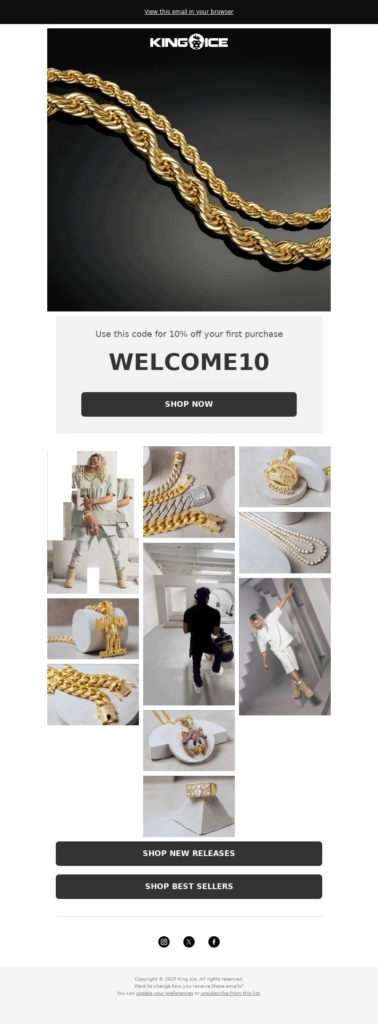
Subject Line Strategy: Using “Welcome, [First Name]! Here’s 10% Off Your First Order” grabs attention and incentivizes action.
Personalization & Tone: Uses the subscriber’s name and friendly, approachable language to build rapport.
Incentives: Includes a first-purchase discount prominently in the header.
Sequence Layout: First email focuses on a welcome + offer; second email highlights popular products; third email provides educational content about the brand.
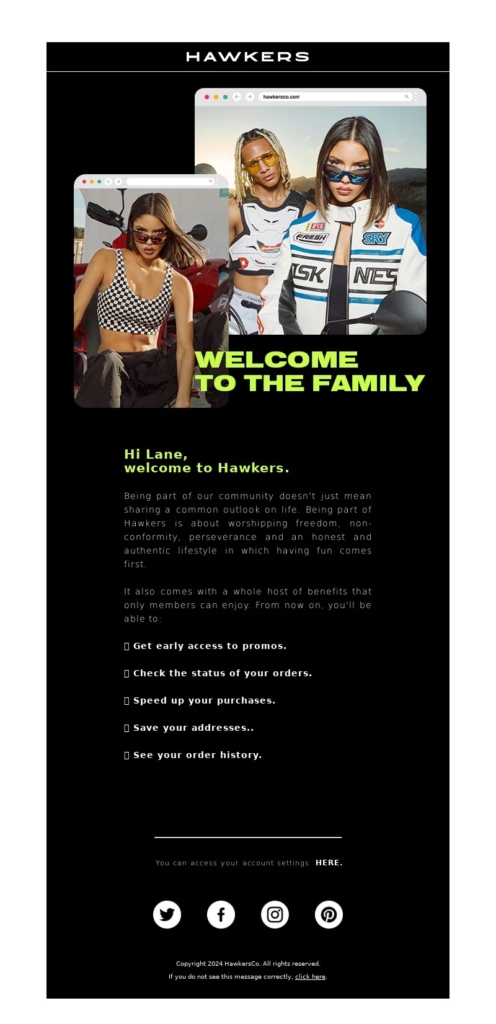
Subject Line Strategy: “Discover How [Brand Name] Can Simplify Your Routine” sparks curiosity.
Personalization & Tone: Highlights customer needs rather than just the brand.
Incentives: Offers early access.
Sequence Layout: Multi-step approach with Day 1 welcome, Day 2 product intro, Day 3 tips guide.
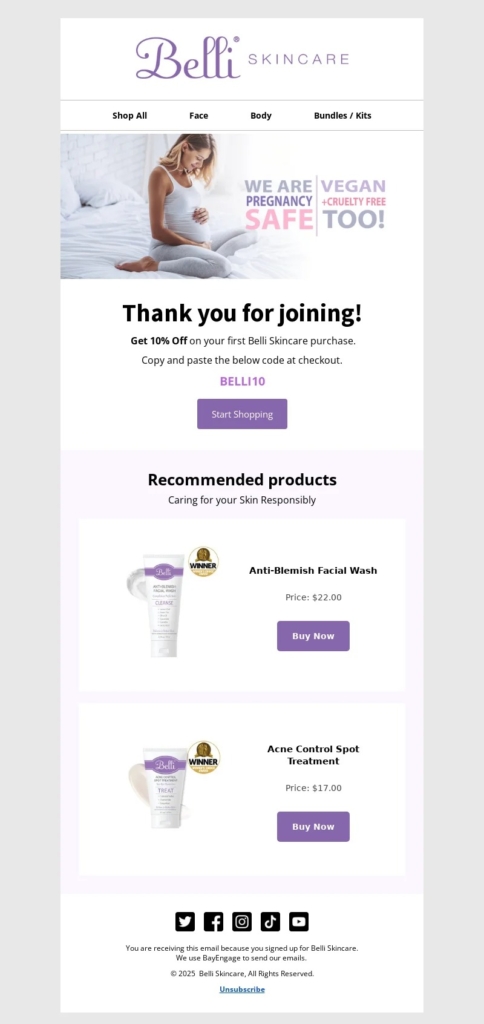
Subject Line Strategy: “Your Favorites Are Waiting!” – urgency + personalization.
Personalization & Tone: Recommends products based on signup preferences.
Incentives: Limited-time bonus points for signing up.
Sequence Layout: Combines product highlights with social proof in follow-up emails.
Tip: Study these Welcome Email examples to see how subject lines, incentives, and sequence structure work together to engage subscribers, drive clicks, and encourage early conversions.
Get the Best Welcome Email Series Templates 2025
Email examples and inspirations for a high engagement welcome email sequence
Explore Templates FreeCommon Mistakes to Avoid in Welcome Email Series
Even the best-intentioned welcome emails can underperform if certain pitfalls aren’t addressed. Here are the most common mistakes ecommerce marketers should avoid:
Sending a Single, One-Off Email: A single welcome message misses the opportunity to nurture new subscribers through multiple touchpoints.
Overloading Emails with Information: Crowding emails with too much text or too many offers can overwhelm readers and reduce engagement.
Ignoring Mobile Optimization: With most emails opened on mobile devices, a non-responsive design hurts readability and click-throughs.
Delayed or Inconsistent Timing: Sending emails too late or irregularly disrupts the subscriber experience and reduces conversions.
Lack of Personalization or Relevant CTAs: Generic messaging fails to engage; using subscriber names, preferences, and clear CTAs drives better results.
Skipping Testing: Without A/B testing subject lines, content, or timing, marketers miss valuable insights to optimize performance.
Avoiding these mistakes ensures your welcome email series captures attention, builds trust, and encourages early conversions.
How to Optimize Your Welcome Email Series
A well-planned welcome email series isn’t static. It should evolve based on data and customer behavior.
Start by A/B testing subject lines, email copy, and CTA buttons to identify what drives higher open and click-through rates. Monitor engagement metrics closely and adjust the timing of emails to match when your subscribers are most active.
Segmentation is your friend: group customers based on activity, demographics, or preferences to deliver more relevant content.
Keep your series fresh by updating email content periodically, including seasonal promotions or new product highlights to maintain interest.
Finally, include feedback loops like surveys or preference emails to understand your audience’s interests better, enabling you to refine your welcome series over time.
Continuous optimization ensures that your emails remain engaging, build lasting trust, and encourage early conversions.
Next Steps
A strategically designed welcome email series is crucial for making a strong first impression with your customers.
It decides how your customers feel about your brand and how long they stay with you. By implementing the types of welcome emails and best practices discussed, including personalization, timely follow-ups, clear CTAs, and segmentation, you can nurture relationships from the start.
To get started quickly, explore these welcome email examples and templates tailored for ecommerce brands.
Get the Best Welcome Email Series Templates 2025
Email examples and inspirations for a high engagement welcome email sequence
Explore Templates Free


